

The Grand Tourist with Dan Rubinstein
Introducing the grand tourist.
Design journalist Dan Rubinstein introduces listeners to the leading tastemakers of the creative world, from master chefs to experimental architects. Join Dan on a virtual journey through the worlds of fashion, interior design, art, food, and travel—all the elements of a well-lived life.
More episodes
View all episodes.

Postcard from Milan: Designing the Future With Kartell
8. pierre yovanovitch: warmth and rigor, poetry and structure, the grand tourist introduces: pierre marie, alyssa kapito, frederik molenschot, 7. humberto campana: forging a legacy in brazilian design, 6. frédéric malle: “a perfume has to be a part of life”, 5. living the dream: house hunting in italy, 4. kit kemp: “i’m frightened of beige”, 3. marcel wanders: “we are fundamentally poetic beings”, 2. es devlin: all the world’s a stage.
Spotify is currently not available in your country.
Follow us online to find out when we launch., spotify gives you instant access to millions of songs – from old favorites to the latest hits. just hit play to stream anything you like..

Listen everywhere
Spotify works on your computer, mobile, tablet and TV.

Unlimited, ad-free music
No ads. No interruptions. Just music.

Download music & listen offline
Keep playing, even when you don't have a connection.

Premium sounds better
Get ready for incredible sound quality.
About The Grand Tourist : A podcast about design, art, architecture, food, fashion and travel—all the elements of a well-lived life. Join veteran journalist Dan Rubinstein as he shares his access with the world’s leading tastemakers.
The Grand Tourist Introduces:
From bold risk-takers to master craftsmen, witness the passion and innovation driving these designers to reshape the landscape of modern living spaces.
MEET THE DESIGNER
Alyssa kapito.
New York’s Rising Star
Originally a student of art history, specifically Renaissance paintings, Kapito switched her gaze to decoration with a heavy emphasis on collecting, early Modernist furniture, and a refined, Parisian-like, Pre-War aesthetic. And like many of her generation, she looks to pair her design work with that of a gallery to help enhance her duties as someone who can educate her clientele about the subtleties of connoisseurship. Kapito’s debut monograph will be released in April this year by Rizzoli.
Shop Alyssa’s Picks
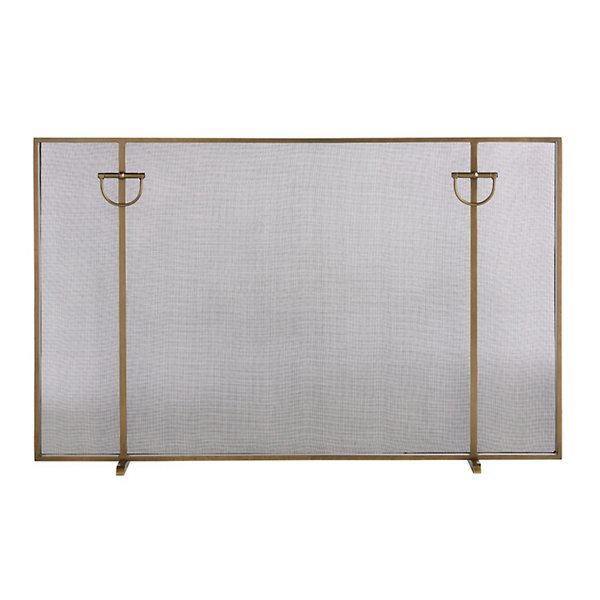
Brooklyn Screen by Arteriors
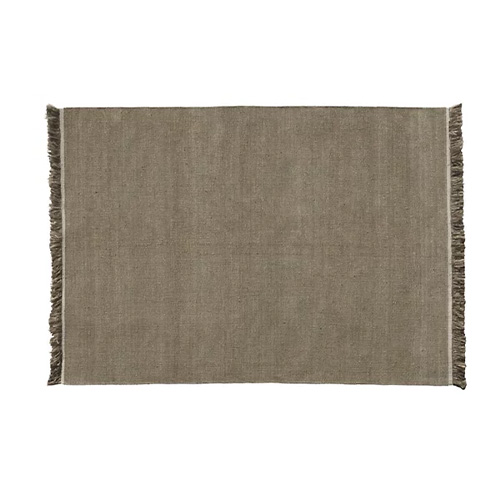
Wellbeing Nettle Dhurrie Area Rug by Ilse Crawford for Nanimarquina
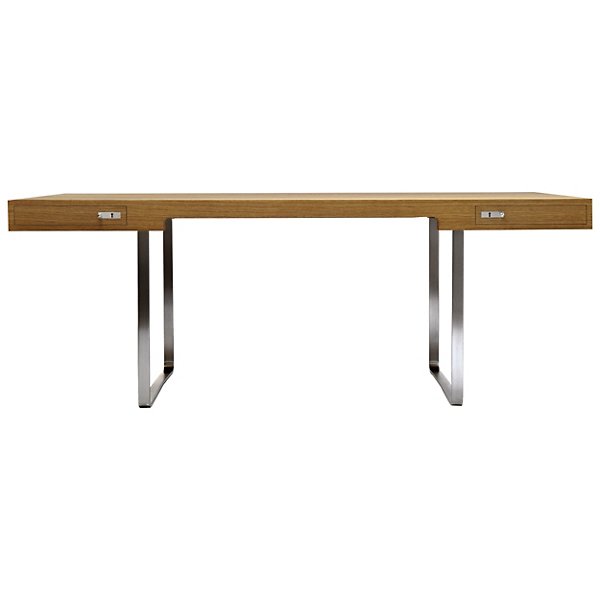
CH110 Desk by Hans J. Wegner for Carl Hansen
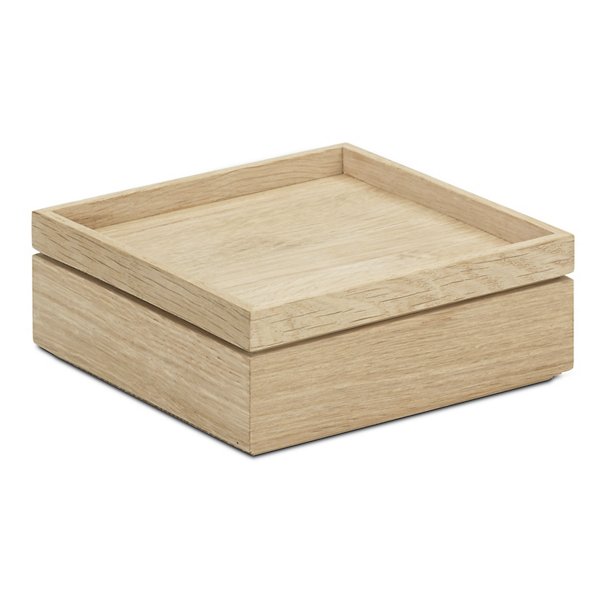
Nomad Box by VE2 for Skagerak
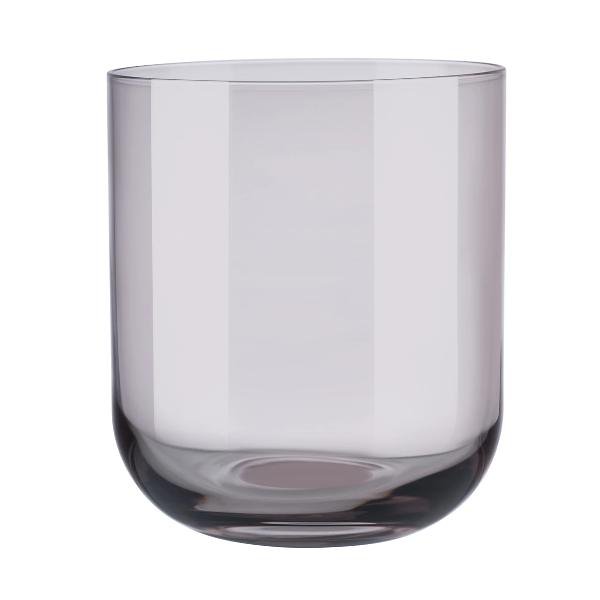
FUUM Tumbler - Set of 4 by Blomus
Shop alyssa's picks, frederik molenschot.
A Daring and Experimental Dutch Designer
Trained at the Design Academy Eindhoven, he combines his fascination with architecture and the chaotic-seeming urban landscape with a keen sense of materiality to create monumental works that blend artificiality and naturalistic themes. His most prominent series of works are his City Lights, which are often made from bronze and sculpted in fantastical loops and swirls.
Shop Frederik's Picks
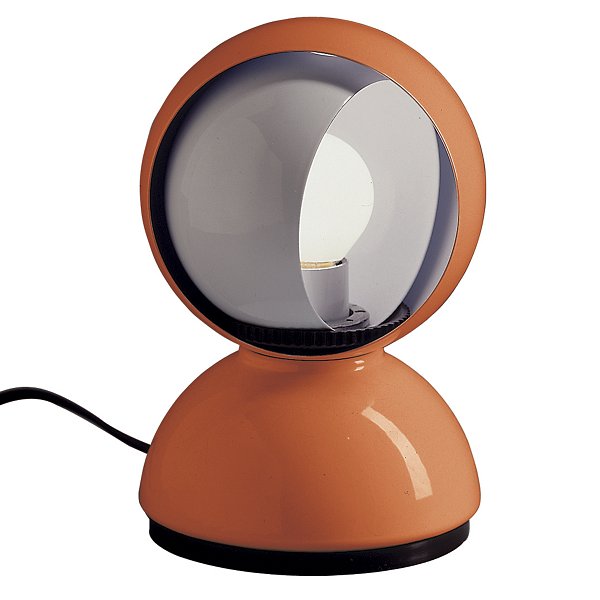
Eclisse Bedside Table Lamp by Vico Magistretti for Artemide

Toio LED Floor Torchiere by Achille Castiglioni, Pier Giacomo Castiglioni for FLOS
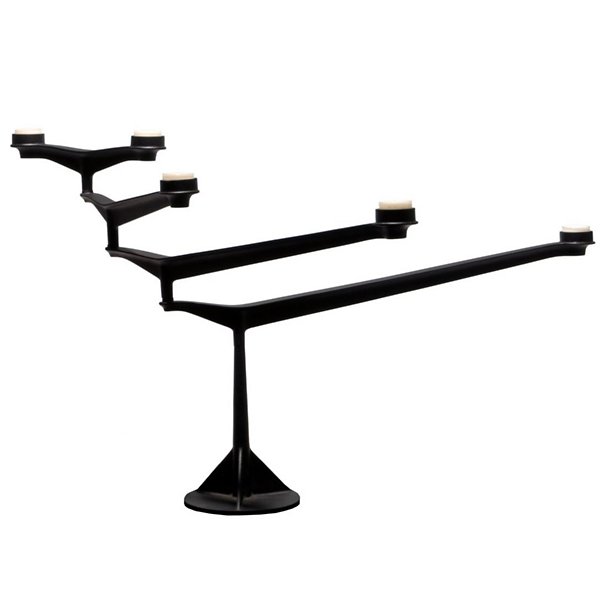
Spin Table Candelabra by Tom Dixon

OW2000 Egyptian Folding Chair by Ole Wanscher for Carl Hansen
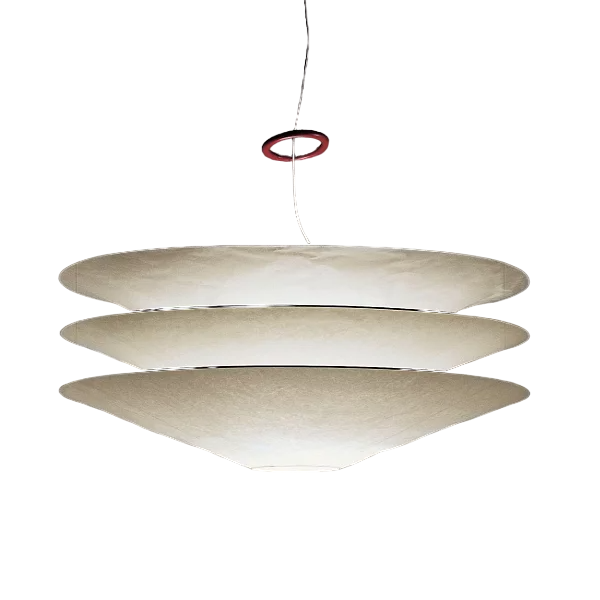
Floatation Suspension by Ingo Maurer
Pierre marie.
A Pioneer Who Transforms Tradition With Color and Craftsmanship

Shop Pierre's Picks
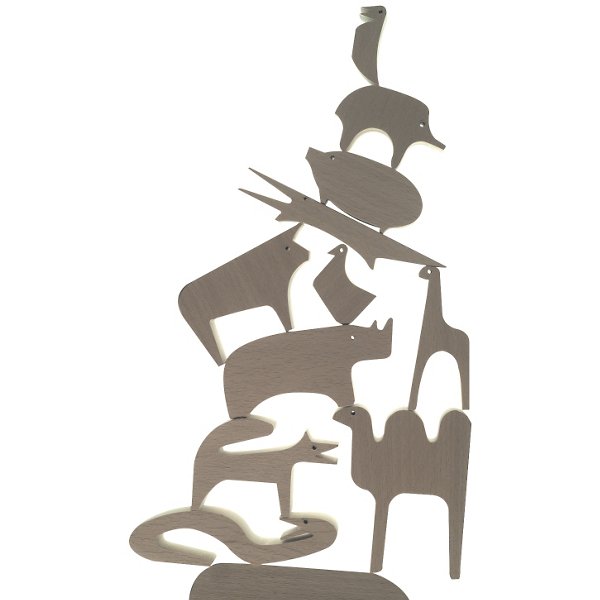
Sedici Animali Jigsaw Puzzle by Enzo Mari for Danese Milano
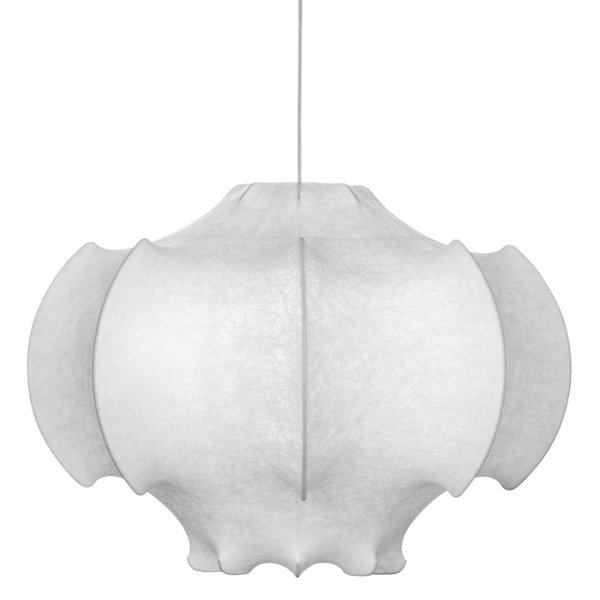
Viscontea Suspension by Achille Castiglioni, Pier Giacomo Castiglioni for FLOS
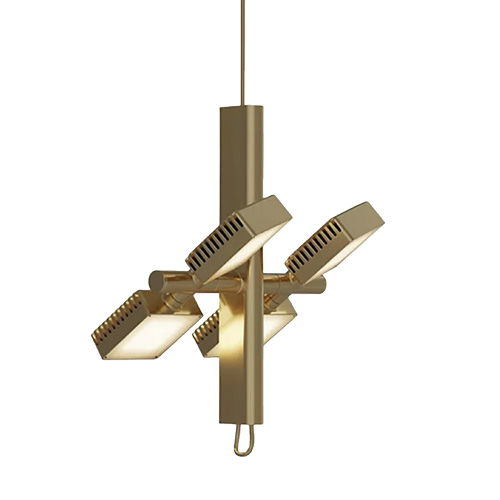
Dorval Atelier 51 LED Pendant by Lambert & Fils
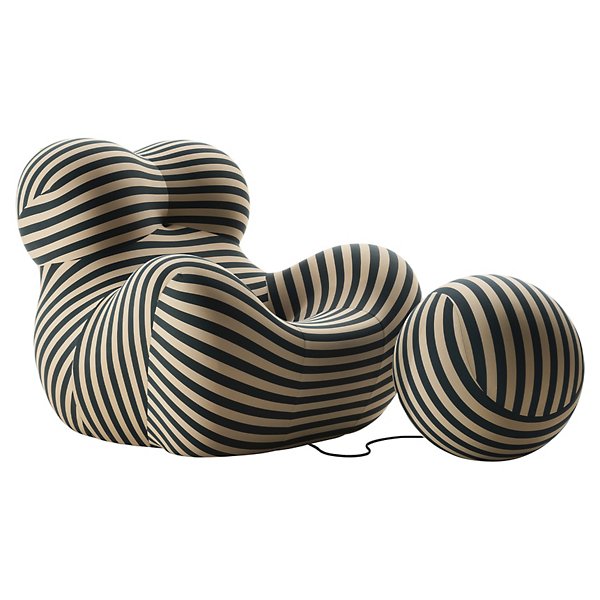
UP Armchair and Ottoman by Gaetano Pesce for B&B Italia
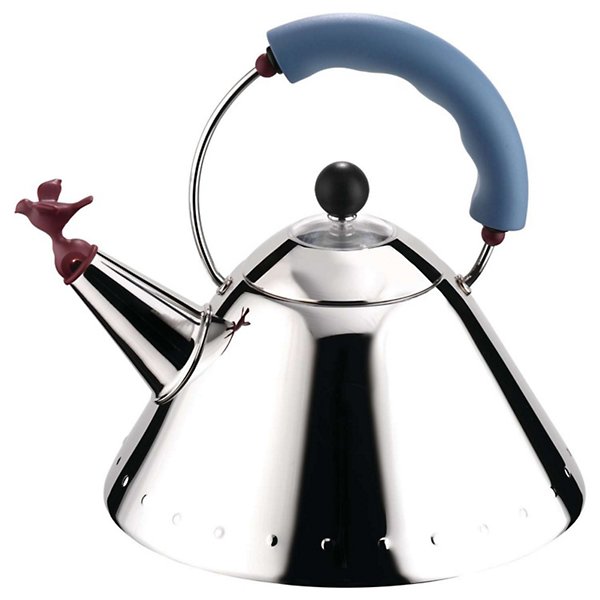
Kettle with Bird Whistle by Michael Graves for Alessi
Listen to the latest episodes.
Dan connects with emerging design talents: Zizipho Poswa (South Africa) shares her inspiration for bronze sculptures, Fernando Laposse (Mexico) discusses agriculture’s impact on his creations, and Linde Freya Tangelder (Belgium) navigates between product and collectible design worlds.
Photo: Thomas Razzano
Dan meets three extraordinary studios in the field of design: Tom Massey uses radical materials and a sustainable approach to his gardens; Objects of Common Interest creates spaces and objects that defy convention; and Lucia Massari produces ultra-contemporary examples of Murano glass.
Dan interviews three rising design stars: Tola Ojuolape (London) on her culturally influenced Africa Centre design, Julien Sebban (Paris) creating vibrant interiors at Uchronia, and Jacqueline Sullivan (New York) blending collectible design with decorative arts in her downtown gallery.
Photo: Eva Würdinger
“We Are Fundamentally Poetic Beings”
Marcel Wanders
This Dutch designer reshapes our perception of design with ingenious housewares, elegant furniture, and playful interiors, contributing to a talent group that elevates design into an artful discipline.
Photo: Rankin
“I Love Blackness in All its Forms”
Theaster Gates
His groundbreaking installations, performances, and public programs preserve the past while creating meaningful experiences for the present.
Photo: Mason Poole
Enfants Terribles No More
The Haas Brothers
In the world of collectible design, Nikolai and Simon Haas have forged their own path to success by creating everything from sofas with monstrous feet and alien-looking sculptures to adorable porcelain tea sets.
Photo: Emily Andrews
Design’s Greatest Showman
David Rockwell
For four decades, this New York designer has changed the hotel game, turned restaurants into must-see destinations, impacted the daily life of cities, and brought a sense of style and ingenious spectacle to Broadway.
Milan’s Master of Daring Interiors
Massimiliano Locatelli
Massimiliano Locatelli’s designs blend modernistic floating cubes in deconsecrated churches, marble stools resembling plastic, and stunning galleries with retrofitted storage spaces, epitomizing Italian cool.
The Artist Who Bends Reality
Country homes squeezed into wedges, cars that look like they’ve been inflated like a balloon, and sculptures created by ordinary people interacting with quotidian objects—the works of Austrian artist Erwin Wurm defy expectations.
Photo: James Braund
Is Now Better?
Stefan Sagmeister
This artistic icon dares to challenge conventions and communicates transformative ideas through inventive graphic designs, shaping our perception of society.
Photo: Courtesy Condé Nast
Guiding Architectural Digest Into the Future
Dan talks with Architectural Digest’s Editor-in-Chief about embracing the new to maintain relevance, highlighting the magazine’s standard for design excellence.
“I Believe in a God Called Time”
Gaetano Pesce
The Italian-born legend chats with Dan about the most important muses of his life, how he predicted the limited edition object, the meaning behind his imaginative work, and his absolute favorite New York restaurant.
The Art of Styling
Alastair McKimm, Laila Gohar, and Colin King
In this episode, Dan talks with Alastair McKimm, editor-in-chief of i-D magazine; Laila Gohar, a food artist; and Colin King, a stylist and author, about their innovative careers in fashion, food, and interiors.
Turning Ideas Into Icons
Alberto Alessi
Dan and Alberto Alessi discuss his trailblazing career since the 1970s, including his partnership with Salvador Dali, collaborations with Virgil Abloh, and the downside of designers having a fixed style.
Advice and Inspiration on Modern Living
Athena Calderone
Athena discusses her career and answers questions from top names like Aurora James, Jason Wu, Jenna Lyons, Missy Robbins, Andre Mellone, and others on this special call-in episode.
Where Tradition and Modernity Meet
Vienna, Austria
Vienna’s rich history and culture make it an endlessly rewarding city to explore. In this episode, Dan speaks with hoteliers, curators, and creatives who uphold its legacy in art, design, music, and culture.
Never Give Up
Zandra Rhodes
One of the most iconic fashion designers in Britain, Dame Zandra Rhodes has made a name for herself by filling the world around her with color, joy, and plenty of eye-catching patterns.
Meet New York's Developer King
Harry Macklowe
Dan discusses Harry’s career highlights, like convincing Steve Jobs for the Apple Store glass cube, his love for Art Deco and mid-century modern, and his current project: One Wall Street.
Mapping a Legacy in Graphic Design
Paula Scher
Dan and Paula delve into her 50-year journey at Pentagram, where she became a partner in the ’90s. They discuss her influential career, from designing album covers to defining good graphic design.
The Man Who Made Antiques Cool
Axel Vervoordt
Dan and Vervoordt discuss his early start in selling objects as a teen, transforming a distillery into the renowned art destination Kanaal, and the music ambiance at his home.
A Dinner for Two
Gabriel Hendifar
In the podcast’s season finale, Dan dines with Gabriel Hendifar, discussing his company’s growth, groundbreaking events, and midlife epiphany through different life stages.
- About Lumens
- Press Releases
- Back to Lumens.com
About The Edit

This website uses cookies to enhance the user experience.
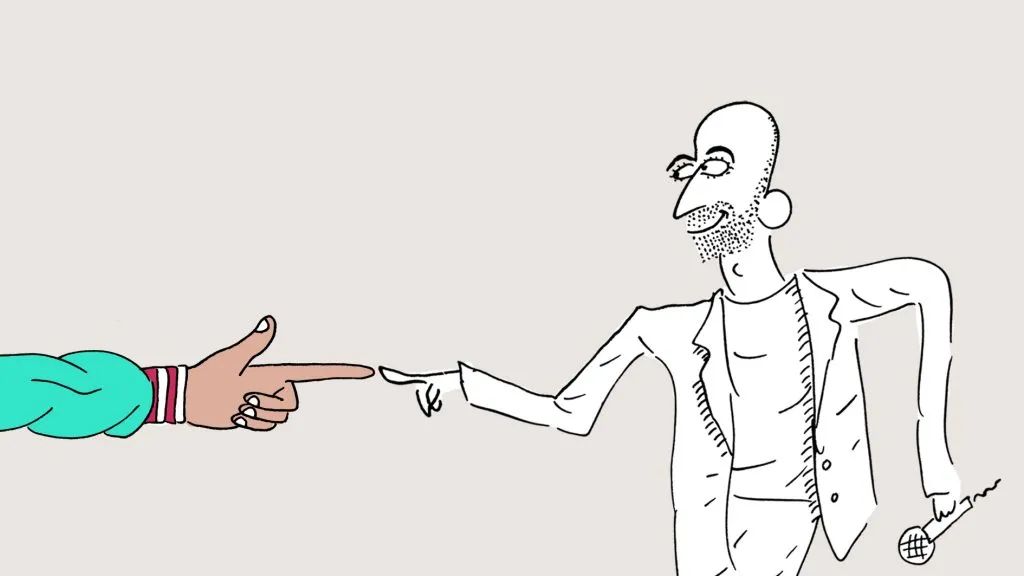
Kit Kemp: “I’m Frightened of Beige”
Designing a successful hotel today is quite the undertaking, but designer and entrepreneur kit kemp does it all. on the eve of the opening of her third property in new york, dan and the british talent discuss her youth in the country, how she built her hotel empire, and more..
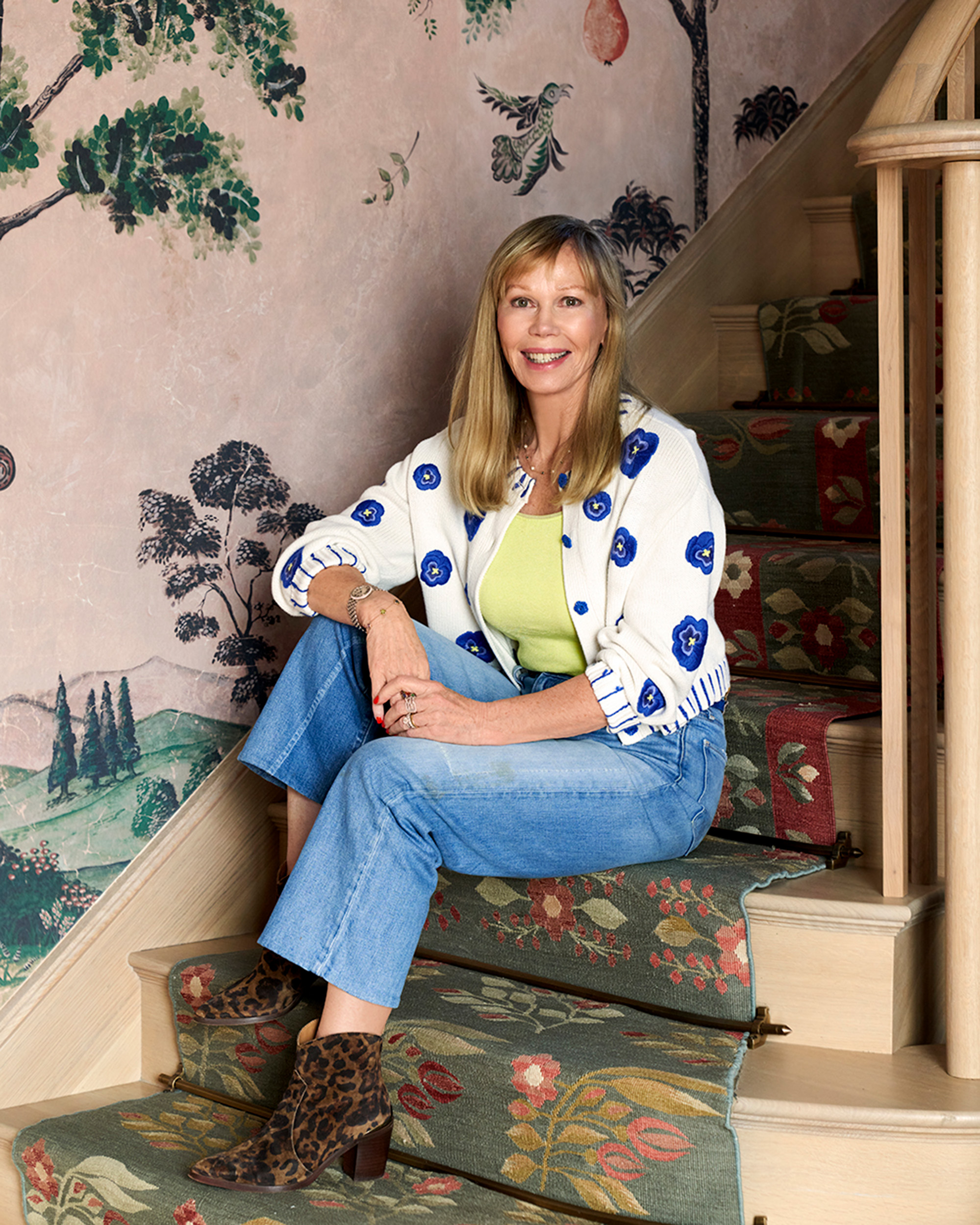
Designing a successful hotel today is quite the undertaking, but designer and entrepreneur Kit Kemp does it all. On the eve of the opening of her third property in New York, Dan and the British talent discuss her upbringing in the English countryside, how she built her first hotel with no formal training in the ’80s, how she describes her unique and colorful sense of style, and more.
Listen to this episode
- Apple Podcasts
Kit Kemp: But I love to see other people’s houses and the idiosyncrasies and the madness and the undecoratedness of it. I mean, so many of these very monochrome interiors, you’ve gone in room and gone through it and out the other side and you don’t remember anything about it. I do think that interiors should have an adventure feel to them, and they should have a fun aspect to them. There should be some kind of focal point, something that references you as the owner.
Dan Rubinstein: Hi, I’m Dan Rubinstein, and this is The Grand Tourist. I’ve been a design journalist for nearly 20 years, and this is my personalized guided tour through the worlds of fashion, art, architecture, food, and travel, all the elements of a well-lived life. Hotels have always been more than just a place to rest your head. They’re somewhere to celebrate, somewhere to connect, somewhere to host a power lunch.
In New York, I’ve long been a fan of two hotels in particular, one in SoHo, the Crosby Street Hotel, and one in Midtown, The Whitby. Both are part of the Firmdale group of hotels, and whenever someone mentions meeting there for a lunch or just a cocktail, you know they’re a serious person in the creative field. It’s not too pretentious, but not too casual either. I can remember when the Crosby Street Hotel opened and it struck a chord with a certain set of guests and locals for its color, its uniqueness and its utterly British sense of decor, pattern, shape, and tons of whimsy. It was the perfect antidote to the all too serious and minimalistic hotels of the era that tried to be anything but a happy place.
Firmdale started in London where they have about eight or so properties, and they stand alone for the fact that its owner and operator isn’t some massive conglomerate, but a couple. And the visual brains behind it all is one half of that couple. And my guest today, Kit Kemp, who designed each and every one starting with the Dorset Square Hotel in 1985, along with her business partner and husband, Tim. Kit Kemp’s utterly unique mix of being an owner, operator and designer is practically unheard of in the industry. But she isn’t just a hotelier, she also creates interiors for private clients and collaborates on products with names like Christopher Farr, Spode, and so many others. All that, and she’s authored four books and manages a creative team that literally sources every headboard, every door and every lamp one would find in her imaginative hotels.
I caught up with Kit from her studio in London, South Kensington, near the famed Victoria and Albert Museum, to chat about her unlikely bootstrap start in the world of design and hospitality, how she made her first splash in New York right after the collapse of Lehman Brothers, how she defines her studio’s singular sense of style, and her latest triumph, the brand new Warren Street Hotel in Manhattan’s, ultra-chic Tribeca neighborhood.
(MUSICAL BREAK)
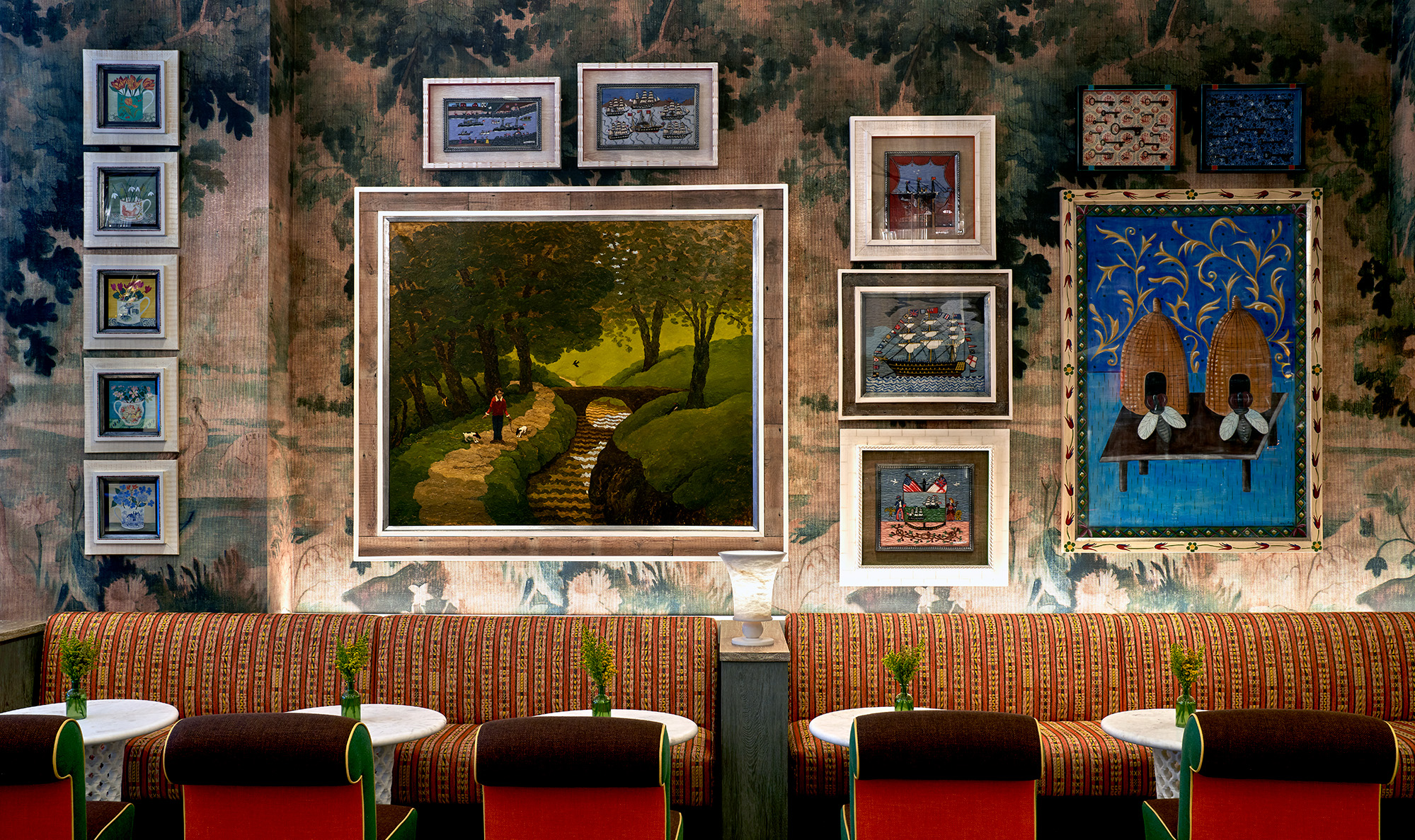
And I read that when it came to home life, your parents were the kind that they were not the kind to constantly keep up with trends. Is that true?
No way. If you could remember the last time you decorated something, didn’t need doing again. That’s so terribly English though, isn’t it?
I’m sure it is.
Yeah, yeah.
And what was life like for you as a young kid?
Oh, completely tomboyish. Certainly, it was nothing to do with dolls houses or anything feminine. It was like holding my brother’s hand when he was playing cricket and being dragged along, climbing trees. And it’s the same thing now, actually. I’m much happier climbing up ladders or being with the workmen. I love sites. I love work sites. And actually, I particularly like the site we’re on now because they’re all smiling all the time. And one of my assistants speaks Spanish, so a lot of them are from South America, and you can always tell by the music that they’re playing in the rooms.
I’m sure you can spot some national musical pastimes pretty well.
Oh, yeah, absolutely. Yeah.
So what would you do other than holding your brother’s hand? What was a fun weekend for you as a young woman?
Well, when I was very small, I mean, we just went out of the house in the morning and my mother had a whistle, and that would bring us back for meal times. But we were the original latchkey children. My mother went to work, my father went to work so that we could all be held together. But what it meant is that we were left on our own as kids a lot actually, which is great. We had freedom. We were a bit feral.
And it was quite the countryside, right? What did your parents do?
Yeah, it was, yes, it’s no neighbors, no nothing. And actually going back in time, I was just kind of remembering that where my parents lived during the war, American soldiers came across to go to France and they didn’t know where they were going. And my parents didn’t even know that they were going to be arriving in the field behind them. And my mother always says that she was out picking blackberries, and suddenly she saw this man on the other side of the hedge, and it was an American GI, happened to be a Black guy, she’d never seen much of one before, and he was picking blackberries. And so she said, “If you pick the blackberries, I’ll make a blackberry and apple pie in a tin and enjoy it.” So she did that, and then I think they went away for a day and he brought back the baking tins that they’d eaten from and just left a message saying, My oh my, that blueberry pie.” Which is so American. I mean, it was so different for them at that stage. Yeah, very funny.
Wow. Amazing. And so what did your parents do?
My father was an aircraft engineer, but he always used to get so fed up because he said by the time they built something, it was almost obsolete. And so then he had a complete change of career and had the first espresso coffee bar in Southampton and a sort of jazz club. He was a bit of a dude. And my mother worked for the BBC and also was a sort of JP, so that is someone who sort of sits in different courts and things like that, which she absolutely loved.
Yeah. What did she do for the BBC out in the country?
Well, there was a producer in charge and she used to work for him.
Oh, wow. And did your parents push you as you were in school to any kind of career? Because you didn’t study design necessarily, and it’s all kind of self-taught, so how did they push you along or did they push you along?
Well, they didn’t, no. I mean, I don’t think that girls were actually meant to do anything, not even drive a car. So it’s funny really because I never thought I’d have a career. I always thought I’d get married and live happily ever after. But of course, everything worked. I mean, I never found anybody, frankly. And if anybody asked me to marry them, I’d immediately say yes. But my husband was the only one who actually came through, and that was much later.
So in fact, I had to make my own living. And the first job I ever had was for an auctioneer, and he was a real character. And we used to go along to sales and things, and I’d be sitting in the back room, he’d be doing the auctioneering, and then I’d be writing down all the figures and prices. And the funny thing was that I didn’t realize what I was learning, but I was learning about scale, I was learning about furniture, I was learning about junk. I was learning about dealers and how they deal and how you’ve really got to sort of mind your P’s and Q’s and watch what’s going on and be a bit street wise. I think that was really good.
Just to talk about the auctioneer for a second, what kind of things did he kind of sell? Was it mostly interiors or was it art too?
It was mostly houses that were coming up for auction, large houses, middle size houses, countryside houses. And there’s always a history behind so many, even down to the way that somebody had their glasses in a glass case, you’d suddenly look into bureaus and find all these wonderful little lost objects that were so beautiful. And we used to look at everything and everything used to have its story and its place in history.
How long were you with the auctioneer before you got [inaudible 00:08:45]?
I was there, I guess, for a couple of years.
Okay. And then this opportunity came up, you worked for a Polish architect?
Yeah, I did.
Working in London.
But I’d moved to London then. That was in the countryside. And then of course, I just wanted to be doing, and I wanted to be in the center of things, and that had to be London, so I was like the fifth girl in a flat share.
Oh, wow. What year was that?
Oh, lord, that was ages ago. That would be in… Hang on a minute, ’70 something. Yeah.
And I mean, being young and being in London in a flat with five other people —
Single girls.
Single girls. What part of London? Do you remember?
Yeah, it was in Upper Addison Gardens and it’s sort of little gardens, and it’s all changed around there now you’ve got Westfield, which is a massive shopping center and things like that. But at that stage, it was sort one step away from Shepherd’s Bush, and I found it very hard to understand Cockney, actually, when I went to the butcher’s or something like that. I mean, I used to say-
“Oh, yeah. What was that you said?” Yeah.
So you were there and this job came up with a Polish architect. His name was Leszek Nowicki. Am I pronouncing it correctly?
Yeah, Leszek Nowicki.
Leszek, okay.
Yeah, he was a great… He came via Siberia down to Palestine, believe it or not, and then came to the UK and then he was either going to be a doctor or an architect, and he decided to be an architect. And so I worked for him. He was an extraordinary character. Very, very powerful.
And I’ve read when you’ve talked about your time with him that he was kind of a… You called him a Svengali.
And what was his work like, and what kind of work did he do?
If he had to choose between pottery and fine China, it would be pottery. If he had to choose between rustic wood and ormolu and things like that, it would be the rustic. And I guess that was his background, but I love that strength and simplicity to his work. And always still very organic right from the word go. I mean, always, yeah.
Yeah. And as an architect was he doing interiors or sort of ground up work?
He was working at large country houses, but then again, also London and going into roof spaces and generally rummaging around. And of course, I mean, I think I’ve said before that he’d go up into a roof space and find a bit of fungi, which is a bit like a mushroom, and then he’d stick it in his mouth and say, “Wish lucky. Delicious.” And we’d all think, “Oh my God, he’s going to die.” But of course he’d been brought up with things like that in the Siberian steps, I guess.
Wow. Gosh. And I’m sure that somewhere in there there was a design bug that started to creep into you. Is that right?
Oh definitely.
Because I read that after that you had a graphic design firm, perhaps briefly, before things started to change, or how did that work?
Yeah. No, I mean, I had quite a number of different ]jobs. One of them was shipbroking, which was quite different. But then I really wanted to travel, I mean anything, just to be able to travel and see different places around the world and collect things. And then they asked me to start an in-house magazine. And so I was writing and taking the pictures and pulling it all together. And then that’s when the graphic side actually I could start to use, which was great. And then I met my husband.
Wow. Yeah, and that’s how this all, especially your adventures in hospitality, kick off. How did the two of you meet, first of all?
Actually, through Leszek, through Leszek, through the architect. And he got married to one of the Galitzine family, and we were put next door to one another, and so that’s how we got to know one another.
Wow. And what did you have in common? What hit it off —
Well, not a lot. I liked cats. I had cats, and I remember him saying that he might like to have a kitten. And it was really funny because he was building this flat, this house, and he put a cat door in it. I always remember the builder saying to him, “But you don’t have any cats.” And I thought, “Well, hello. I do.” So maybe he was kind of thinking about things before he was actually saying anything to me.
Bold, actually. That’s actually quite bold.
It sounds like he has a really keen sense of investment. He knew about the idea of returns. And your first idea for a hotel together, I read, it was like a two star hotel that you wanted to turn into a boutique hotel. Can you tell me about how do you begin with someone that you’re new with and how did that happen?
Well, Tim had very short leases on some buildings in London, and so he linked them with an American, Richmond College, and it meant that students that came over to London who didn’t have anywhere to stay would be staying in his hotel or little hotels, and there’d be about… I don’t know how many students there were, but Friday nights was great because we used to have a barbecue night and we were all little more than students ourselves actually, so there was a great vibe. But Tim thought that we better try and… The sort of boutique hotels had just started, that idea before nobody felt that it would be at all sort of viable to have small hotels. But we decided that Dorset Square Hotel was our first, and that was the student hotel. And we managed to buy the freehold from a shipping company called Cayzer, Irvine, I think.
So we decided to do a small boutique hotel, and we approached about 13 or 14 banks and they all said, “No, no.” But finally we got some poor company that decided that they would. I always remember when we sort of opened, and it was quite cold, there was frost in the central gardens, and the bank manager wrote us a letter saying that he really enjoyed the party as he was watching the frost forming on the poor cellist who was playing in the garden. And yeah, that’s right. And I remember we had him over for supper one evening, and one of my girlfriends obviously must have fancied the bank manager because she obviously had nudged him underneath the table with her knee. And I always wonder if that was the reason why he gave us the loan or why he would’ve definitely not given us the loan. As it turned out, it worked in our direction.
Yeah, absolutely. Bring her her to every meeting. Are you kidding?
Well, we were all footloose and pretty young and fancy-free then. Everything was very easy. It was a bit like if somebody showed me a Picasso painting, I’d say, “Oh, I could paint that.” It’s because you are so young, so arrogant, so ignorant, and nothing gets in your way.
And when you guys were maybe having a long day putting together one of those first hotels that you worked on, and it’s a long day and you’re having, I don’t know, curry takeaway at the dinner table-
Don’t eat curry.
Oh, okay. Well, some kind of takeaway. And you’re kind of sitting there thinking about brainstorming about what the vision for these hotels is, not just from a design point of view, from a hospitality point of view, what was that vision?
It was actually not to be sitting absolutely on your own in an empty restaurant, because I can promise you, it doesn’t matter who you are, where you are, what you’re doing. If you are any kind of entrepreneur, you just almost wonder if anybody’s going to pick up on your idea. And I mean, I do remember, especially at Ham Yard, I mean that is a big hotel, a big restaurant for us anyway. And I remember thinking, “I wonder if anybody’s ever going to come.” And it’s yours, it’s your ownership until you open the doors for the very first day and then it’s not yours anymore. So that when you come along, you’re almost like an onlooker, you are on the outside looking in. And it’s a very, very different feeling. It’s actually quite fascinating to see how you’ve envisaged a space and how it actually works. Because it can be very different. But we’re small and there’s very few of us who are managing it. So we can turn a vehicle round in another direction very quickly, which possibly a very large group or something would not be able to do.
And I would guess if I were to say, how did that one-off at Dorset Square, how did that become more? When was there a moment, a eureka moment where you’re like, “We need to keep growing”? Was it kind of like a shark thing where if you don’t stop growing, if you don’t stop swimming you’ll sink kind of thing?
It was like, we have to grow or else it’s going to… What was that pressure like?
Yeah, sometimes you have to expand through a recession. You’ve really got to. And we’ve done that. Also, we’ve had such great people working with us. To keep their interest, you have to be opening new doors all the time. And design-wise, I’ve never thought of it as a job. It’s something which I enjoy doing and I want to know more and do more and never stop learning in a sense, yeah.
(SPONSOR BREAK)
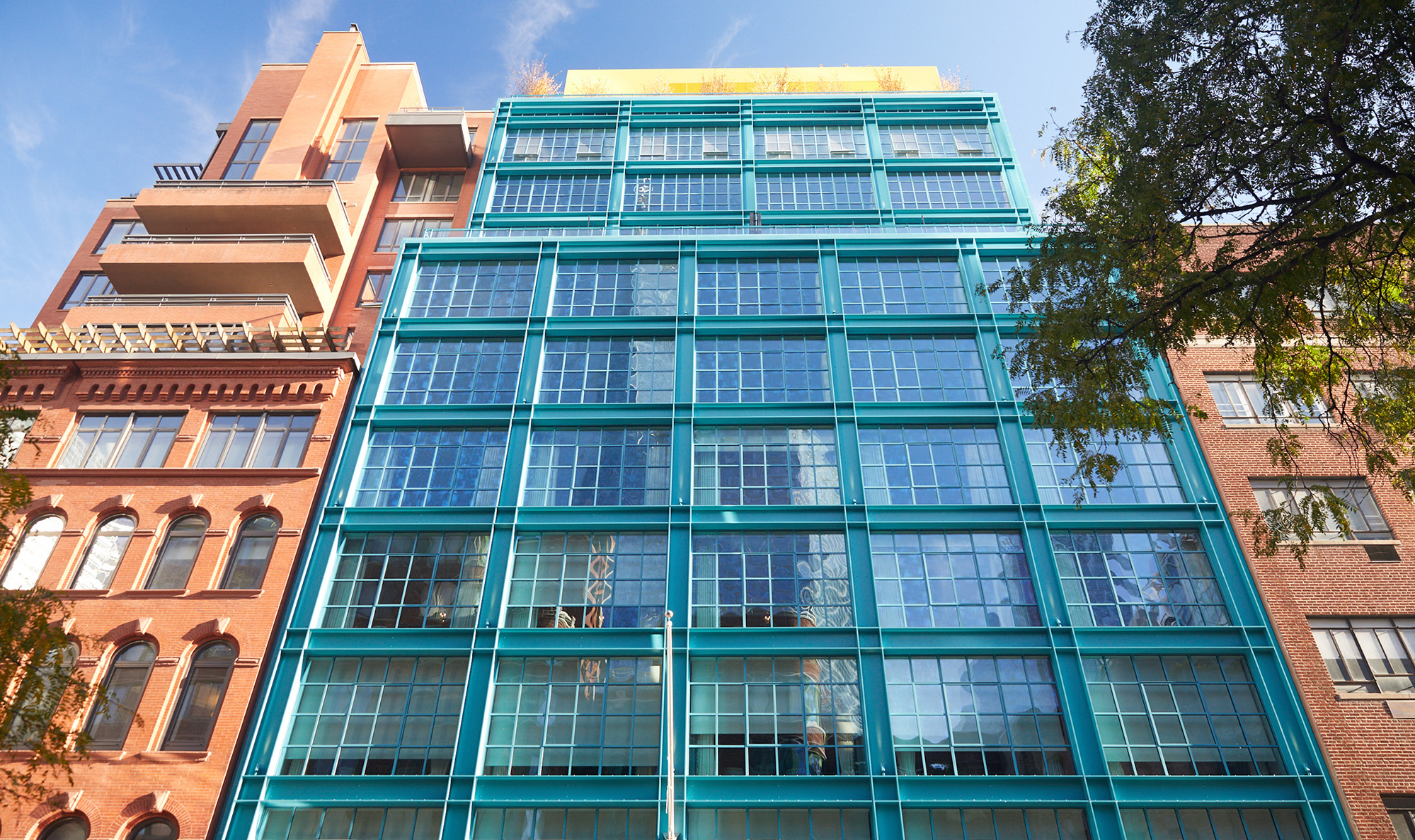
And before we get to all your hotels in New York, how many in the UK had you opened up by then? By the time 2007 rolls around, I think you’d had quite—
I don’t know. Maybe six, something like that, yes.
Yeah. And if I were to ask you, what is your secret of running, not just running but owning, designing and keeping all of this together with that size of a business, if there are other designers out there listening, what would you say is the Kit Kemp way of doing things?
Pretty democratically. I say democratically, but then I’m a complete control freak. So I don’t know quite how you say that in a sense. But within it is pretty democratic, so anybody can say anything. And I don’t want somebody saying they’re more important than somebody else because I’ve always been that person that hasn’t felt very important, so I don’t want others to feel like that in a way. But I’m just trying to give a proper answer. Well, there aren’t any real secrets. The fact is that you have to live, eat, and sleep it and be totally obsessive. That’s the answer.
And I guess Tim must really trust your eye more than anything?
Oh Lord, no.
He’s my biggest critic. You must be joking.
I mean, hey, if I’ve managed to get some sort of good words from Tim, I know that it’s okay. The funny thing is I do actually really rate his judgment because we go about things in a very different way but at the same time, we arrive at the same place. So if he says that is not right, I listen to him. That’s good, yeah.
And at some point you decided to start expanding it to the US and the Crosby Street Hotel was the first, I believe. And I think it opened at a really inopportune time as it were. Can you tell me that story?
Oh, well, I mean Crosby Street, I was very worried about it because there are so many British companies that have crossed the pond, as they say, and really come to grief. And I’m talking about really great companies. So I was worried about that. And SoHo itself with Crosby Street and everything over there, I remember going over there and walking up and down and thinking, “Oh my goodness, what’s it going to be like?” I mean, it just took slightly longer than I thought. It was a building site. Then we found this wonderful woman across the road who made films, and she every day took several photographs of what was happening on the site. And then she built this film around it.
So you saw it as a parking lot, and then going down and down and down and down, because you have to go right down. You’ve got to go down about three or four stories. And then it goes up and up and up and up. And you saw it through all the seasons and with the moon and with the sun and the snow and everything else like that. And you get a real feel of how long it takes to actually put the 87 rooms together, which sounds really quite small in the whole scheme of things. But it was big for us. And then we bought the building behind so that we could be in Lafayette and Crosby. And it’s never an opportune time to open. There’s always going to be something that’s going wrong, so you’ve just got to give it your best shot.
And the thing is, it takes a huge amount of effort to get to that opening day. But then you’ve got to have another huge amount of effort to get the whole thing working because with the hotel, you can’t have one division or one part of it that isn’t working. You can’t have calling down for your room service, and it takes about seven hours to come back, or your room, which looks as if there’ve been several generations of people living in it, or the artwork on the wall which is just yet another botanical print. And I mean all those things, everything’s got to work. And that’s the beauty of it really.
And the reason why I asked for the story is that I think right around the time you were opening is when Lehman sort of collapsed and there was sort of the recession.
Were you guys kind of spooked around then? I know everybody was because it was kind of like the sky is falling a little bit.
Yeah, there’s always been the sky falling in. I mean, in the UK there was either an IRA bomb or there was some kind of deep recession or something ghastly happening. And it’s rather like one of my daughters, every time she goes on a sort of gap year and travels to somewhere, there’s always some disaster. There’s either been a volcano, a sort of sandstorm or a tidal wave. And I feel that that’s the same every time we open a hotel. I’m just hoping Warren Street isn’t going to have the same.
And your hotels have really clearly struck a chord here, and I would say that people’s sense of style really did shift after, you call it, the Great Recession. You talk about other British brands coming to the US and not having a good time of it, but you’ve been super successful. Why do you think you’ve struck a chord here in New York?
I think we’re part of the hood, and I think that when we… I mean to get all the permissions and everything else like this, Tim was prepared to stand in the mayor’s office for a day and a half. I mean, the difference is that it’s hands on. What we have done is hands on. And everything that goes up, everything I know it, I’ve lived with it. And I think that is part of the soul so that when people come and stay, they might say, “Well, actually it’s not exactly my taste or I wouldn’t actually do this, but I can see that there is some kind of congruent intelligent thread or design thread that runs through it.” And people know what’s authentic and know when there’s been… Feel the love, that sort of thing in a way. And that must have something to do with it. I don’t know what the whole answer is.
And when it comes to, if I were to rewind a little bit, one of the things that I really admire about your business is that you create all these products for other brands and you have these collaborations, wallpaper and fabric and tabletops just like any great designer would, and you commission so many artists and craftspeople in every hotel, each one unique one after the other. But you use your own term, “design alliance” which I find to be really curious and wonderful. Tell me why you call it that and how you kind of view these relationships. Because you’re not coming at it from, I don’t know, a traditional design background.
I never think of it like that. But no, it’s people that I see. As I say, we can have alliances and collaborations with people who are very well known, but most of the time it’s with up and coming designers or craftspeople or artists, sculptors. And very often when they’re quite young, I mean like Natasha Hulse, who was actually that’s doing headboards, she did the most amazing headboards and I mean they like works of art and they’re incredible and worth thousands, but when we met Natasha, she’d got a first at Chelsea College, but she was doing fashion. But that is a dog-eat-dog world, and she was not the right sort of person to be doing that. So we said, “Well, why don’t you try this? But why don’t you try it on a weave that’s like this and work with felts and work with collage like this? Because this is how it’s going to work, this is it.” And then she was off. She just needed that other little touch to say, “Well, it’s this direction. This sort of fabric. This is how you can paint it. This is how you can collage it.”
Very often at these colleges and these universities, it’s okay there, but it’s not out in that commercial world, and you somehow have to be given that practical edge. And the same with we’ve got Gareth Devonald-Smith, who’s done quite a bit of sculptural work, and I’ve known him for years doing lamps by designing, et cetera, et cetera. I know now that I won’t be able to afford his work after this because he’s really just going to really take off and so I have to go and find somebody else. But he’s always going to remain a good friend. But there’s the excitement of that.
But the other thing is that if you are commissioning a craftsman or an artist, you can’t then put them in an arm lock. You have got to decide you like their work, give them a lot of reference, a lot of what you’re trying to achieve, what you’re trying to get, and you need to have that focus so you know precisely maybe the size, the shape, what the feel you’re trying to get after that, you leave it up to them and let them do it. And hopefully the finished idea is better than the original thought behind it.
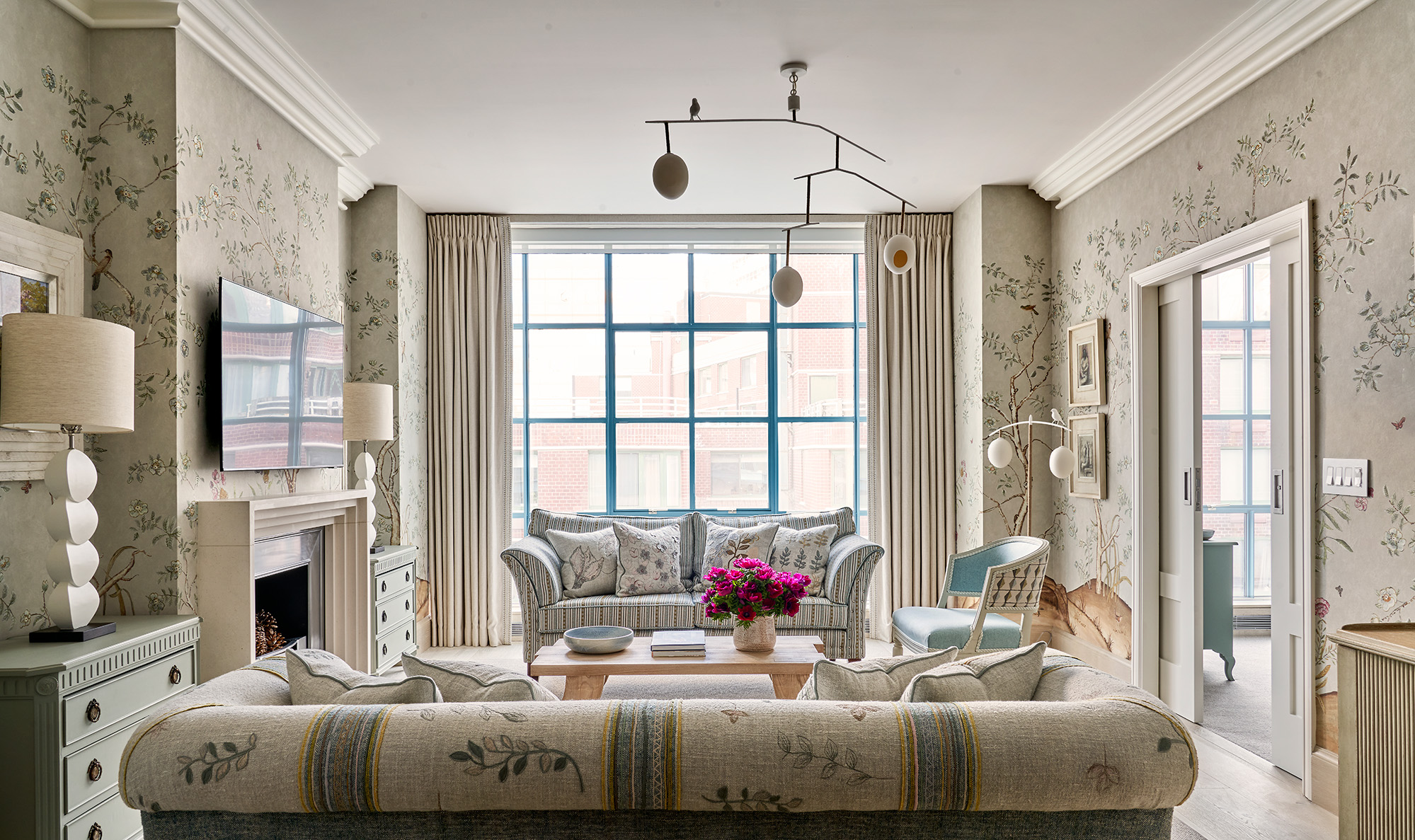
And if I had to describe your sense of sort of interior design style and what makes you unique to someone who had never seen your work, never been to any of your hotels, I realized that I kind of might sound a little bit mad because I would describe colors that normally aren’t put together or I would describe styles that don’t necessarily are used very often, or most people would fail horribly at what you make look so easy and beautiful is what I’m trying to say. And you keep pulling it off. And so you’ve done many books also where you kind of describe this sense of style and you guide people along in a really practical way. Do you have a turn of phrase, like an elevator pitch in a sense, of how you describe the Kit Kemp aesthetic?
Well, I guess I’m frightened of beige, and so it has to be color. And I get my sets of colors like yoga colors, like, Bloomsbury colors, like Caribbean colors, and they’re kind of in sets. And then of course there’s the texture and a balance that you put them in. So you’d only have one very large scale repeat of something, and then you’d get a small geometric, then you’d get a plain, then you’d get the different textures that work within it. Very often playing around the edges and bring the detail into the center and the pattern into the center.
I mean, we say to do a really successful room, you’ve got to have, the five Cs, if I can remember them. It’s color, craft, character, curation, and well, there is cost, but there is another one as well. And so that makes six. But anyway, I mean I just think that all of those has to have to combine together, but it has to be bold. I like it to be bold. I like it to make you look twice. I mean, so many of these very monochrome interiors, you’ve gone in room and gone through it and out the other side and you don’t remember anything about it. It could be a small space or it could be a big space.
I mean, I always say if you make all your little spaces something which is memorable, it actually makes it feel bigger. It’s more memorable and more of an adventure because I do think that interiors should have an adventure feel to them, and they should have a fun aspect to them. There should be some kind of focal point, something that references you as the owner of it and then work from there. But I love to see other people’s houses and the idiosyncrasies and the madness and the undecoratedness of it, yeah.
Tell me a little bit about how is your business set up today, from a 30,000-foot view in terms of your studio and the business itself?
Well, I mean, it’s always broken up into various bits. So I mean, we’ve got over 2,000 people working for us, but I don’t have that amount of people working for me. And within the design division, there are about 12 of us, 14 of us, I guess, yeah. So it’s small, it’s neat. Because what I don’t want is the tail to wag the dog. And if you get so many people, it’s not your look anymore. It just can’t be. On the other hand, you’ve got so many spaces that you can’t do it all yourself. But we’re still just about at that size where I feel really good about it, and I love the team that I’ve got together.
So every Wednesday we would sit down and have a kind of show and tell of we’ve got one bit, which is Sleeping Around, which is saying our favorite bedrooms. And then we’ve got Out and About, which is what’s happening in New York and in London and anywhere else in the world. Then we’ve got Meet the Maker, which is all about our favorite craftsmen. Or Joe Tilson, who’s an artist who’s in his 90s, just died very recently, so we can just do a little resume of his life because I didn’t read anything in the press about him. And this is my one criticism of the Brits and a lot of their artists, they don’t laud them in the same way that you would get in the States or Japan or somewhere like that. They’ve gone and it’s a whisper, and I think that’s a shame. So we have our favorites. And then what else? And then we have the Dos and Don’ts, the Dos and Don’ts of how you should put something together. And it is purely subjective, of course, but it does have a point of view.
What’s your best do and your best don’t?
Oh, my best do and my best don’t? I’d say really just do it because I’ve got so many people who say, “Well, when I’ve learned to do CAD, when I’ve done my course, when I’ve done this, I’m going to be this, that and the other.” And I say, “Well, look, just do it. And these things are going to add the whole time.” But it’s that doing something every day. It’s like every day immersing yourself with what you’re loving and what you feel is you. And I was just reading about Sol LeWitt, and we went to Dia Beacon when I was in New York just about a week or so ago, and I was reading about how he wrote to a friend and she was having a kind of creative block, and he was saying that perfectionism spoils creativity, and you’ve just got to do it. And just by doing it somehow you’ll hit your stride somewhere along that. And I would say that’s a big do.
And the don’t is, for heaven’s sake, don’t listen to anybody until you finish the job. Because when you’re halfway through, everybody’s going to come in and say, “Ooh, I don’t like that, and I hate that color, and it’s not going to work.” And you’ve got to have your strength of personality or your strength of will or conviction in yourself that you are just going to compete it. And then at the end of it, they’ll come in and say, “Did you have to do very much here?” And you’ll say, “No, not really. Didn’t really do anything.” Knowing that there wasn’t anything there before.
Would you say that there is kind of an innate Englishness to your —
Do you know, I don’t want to be innately English because they have a very, what I would call, constipated look about everything. And I love the freedom of lots of other things, influences that come in wherever they come from. No, I would say, I mean, I love the idea of some merchant, an old seamen and old caption going around the world and bringing back things and then placing them in his living spaces. And whether it’s an old sea chest or a galleon or an Indian spice cabinet, they should all be working together. And I think it’s that excitement of a space that is so nice, so not purist.
So I learned from, I would say, my friend and one of your longest teammates, Craig Markham, who’s a kind of amazing gentleman running all of your communications for a very, very long time, I think since the ’80s. And we were talking about how impressive the company is that maybe not even from an outsider or a typical visitor would know. And I heard that you have your own company that does your linens in London, like laundry?
Yeah, which I find to be incredibly impressive, by the way. And shows that control freak nature that you mentioned. Tell me about that because that’s so impressive.
Well, it’s funny really because I always say, first of all, there are a couple of things. When Tim and I sat down and started in business together, I said, “When we have a personnel division or in HR, let’s give up because that just shows that kind of things are getting too big and out of hand and everything else.” So now we do have HR and we have training and God knows what else. So that’s one thing. And then we always said together, “Gosh, if everything goes bottom up, if everything goes belly up and we’re on our uppers, at least we’ve got the laundry because everybody is always going to have to have something washed or cleaned.” So that is it. It’s the big fallback. If anything catastrophic happens, we’ve got that laundry. And we did try a bakery. We’ve just got the bakery as well, but we’ve got to run it properly. We’re just doing that right now.
Oh gosh. So you’re building your own bakeries to supply all of the hotels and to do it yourself?
Yeah, yeah. It’s actually basically supplying just a sort of warehouse at the moment.
Oh, gosh. But this idea, I mean, I can understand having a laundry that you want it to be done the right way and in a certain speed and however you’d like it done because your hotels are quite high end. And in terms of bakery, is it hard finding the perfect croissant in London? Is that where this comes from?
Yeah, I’ll tell you why because there are a lot of sulky boys in kitchens, and I don’t blame them. I always feel sorry for chefs and people in kitchens because unless they’re behind glass and part of the show of it, there’s people eating their food and they never get to see them. I mean, if I cook a good meal, I want to see someone really enjoying it so that they can say, “Oh, that was absolutely delicious.” But I think it must be really hard to be stuck behind the scenes like that. But sort of making croissants and bread and things like that, oh, it’s such a fabulous thing. And I just love the smell, that baking bread and everything else like that. But I do have strong views. I don’t really like sourdough. And I do like some of those big crusty french breads that you put in a wet tea towel and it lasts all week.
Warren Street, your third hotel in New York, which will be opening fairly soon, possibly by the time this comes out. Where did this idea come from? Because Tribeca is booming in terms of its hotels, and it’s evolving quite quickly in a really beautiful way. How did that start?
Well, Warren Street, actually, it’s a great street because it doesn’t look as if it’s surrounded by massive high rises or anything else like that. But with a sort of glancing glance from the top floor, you can see the Hudson, and it’s only a few blocks away from the Oculus and from Battery Park and things like that. And it’s funny, really, because I do love cycling in New York and from the Whitby going down, I can cycle all the way down. And I’ve always liked to cycle down to the Museum of Mankind and all that sort of area.
And even when I was doing the Crosby Hotel, I would stay at The Greenwich and then every morning I would, well, actually I say run, but it’s more like a kind of trudge down to sort of Brookside Plaza and around there and back again. I always loved it. And so when we got the opportunity to do this Tribeca, and it is what sort of 12 years on or whatever, it’s such an exciting area now, there are all kinds of things like performing arts places and everything else. So we thought, “Let’s give it a go.”
And so how would you describe, how is this location different from your other two in New York?
Well, it’s funny how it seems like fresher air down there. I don’t know why that should be. It seems to be almost brighter, the aspect coming into the rooms, we always insist on floor to ceiling windows, which I remember talking to one of the architects once who had come up with a design where there was a window on one side and then on the next floor there was a window on the other side. And then it went like that. And I said to him, I said, “How can you put curtains against a window when it’s right against the angle, the corner?” And he said, “Well, why would you want curtains?” So I thought, “Right, well, this is not going to work for us.” Because at the end of the day, I like to work from the inside out rather than the outside in. And I want to see out those windows and I want to sit on a window seat. I want to be on my mobile phone and I want to see what’s going on in the street.
But anyway, back to Warren Street, the aspect on both sides is good. There’s a lot of light coming in, and we’ve got quite a few terraces. And I would say one of the defining features are the gardens on the terraces. Because at Crosby Street we created a meadow suite, which wasn’t on the ground floor, and everybody loves it. So we thought, Hey, we’ll do some more. So we’ve got grass and you can sit in the bath and watch the plants grow outside. It’s really quite special in that way.
And space and light, very good, great restaurant and just a really good vibe. It’s colorful. I hope I haven’t overdone it with color actually. But I did do 12 different colors with Annie Sloan, a paint person. And so I said I would use those in the lobby. But in fact, the colors that have come over are not the ones that we actually mixed, so they’re slightly out. So I’m going to have to… I mean, at this stage there’s so many things, like even the legs on a sofa could be the wrong length. And you’ve got to sort all that out just before D-Day and opening as if it was all fine and dandy.
And one of the spaces when I toured it that struck out to me the most was the rooftop, because you’re kind of surrounded by these enormous… But with a remove, so you’re not claustrophobic, but you have these beautiful buildings to look at, Freedom Tower is right there in your face. In terms of the public spaces, what are you most looking forward to seeing up and running?
Oh, I think the brasserie and bar and the orangery downstairs, because that’s going to be great for people who live there as well as everybody who’s visiting and business people I hope. And then the garden, so you’re outside and inside in that building. It’s got a really good feel. And then on those rooftops, of course, I mean that’s going to be first of all, just for our guests to enjoy and use as an event space, and then build on it really.
I mean, it’s funny you mentioned the brasserie because if I ever want to meet somebody in Midtown or in SoHo in New York, and if I ever mention hotel, people will always, any hotel, they’ll kind of be like, “Well, I don’t know about this one. I don’t know about that one.” But if I ever suggest one of your hotels, they’re always like, “Oh, great. I love it there.”
Oh, that’s so great.
Everyone is always so comfortable there. From a hospitality point of view, of course us being in New Yorkers, we don’t stay in your hotels because we don’t need to, what about just going into the restaurant business and just doing restaurants rather than building a hotel over it? Was that ever an opportunity for you or something you’re not interested in?
We did, but I mean, there’s so much more dimension to actually doing what we’re doing rather than just restaurants. And all our projects are light little jewel boxes in a way. And you can’t run them out. I don’t feel that you could have them in every city. That’s not the way we work. It’s a one-off. And I’m looking forward to completing the brasserie at Warren Street. It has got a very warm feel to it. I mean, as it is now, there’s nothing on the wall. And it just feels like… When you go into these spaces when they’re building sites, they’re quite austere. If it’s below ground, you feel like you’re in a huge cardboard box, even just on this ground floor, it’s got everything happening in it. But when it’s finished, it’s going to be very warm and it’s actually going to have quite a French feel to it, I think, more than anything else actually. Yeah.
And what’s next for you? Obviously we’ve got this hotel coming up and what’s next in the horizon ?
Well, I mean, I do some private work and we’re just putting together something in Barbados, which is like a small hotel for another client, for a private client. And then we’ve got GP and J Baker, which is Kravet, and done quite a comprehensive collection for them, which is weaves and stripes and wallpapers and prints and plains. And so that’s coming out in spring next year. And then Warren Street opening, I mean, that’s quite a big thing. And then there is another project in the UK that I’m doing and one in the south of France. So there’s a lot going on, so it’s great.
Yeah, it keeps my team busy. And you know what? One day they can be doing a rendering of a house, or one day they can be doing a plate, or another day they can be doing a throw or another day they can be doing packaging. And I like my team to be able to do all those things and I think it keeps them on their toes. And me.
Are you a good boss?
Well, I think I’m great. I don’t know what they think. I think sometimes I can be a bit scary. But when you’ve got a budget of millions that you’re responsible for, you’re never going to be a pussycat, let’s put it that way. Not all the time anyway.
Thank you to our guest, Kit Kemp, as well as to Tim Monahan and Craig Markham for making this episode happen. The editor of The Grand Tourist is Stan Hall. To keep this going, don’t forget to visit our website and sign up for our newsletter, The Grand Tourist Curator at thegrandtourist.net, and follow me on Instagram @danrubinstein. And don’t forget to follow The Grand Tourist on Apple Podcasts, Spotify, or wherever you like to listen. And leave us a rating or comment. Every little bit helps. Til next time!
(END OF TRANSCRIPT)
Recommended
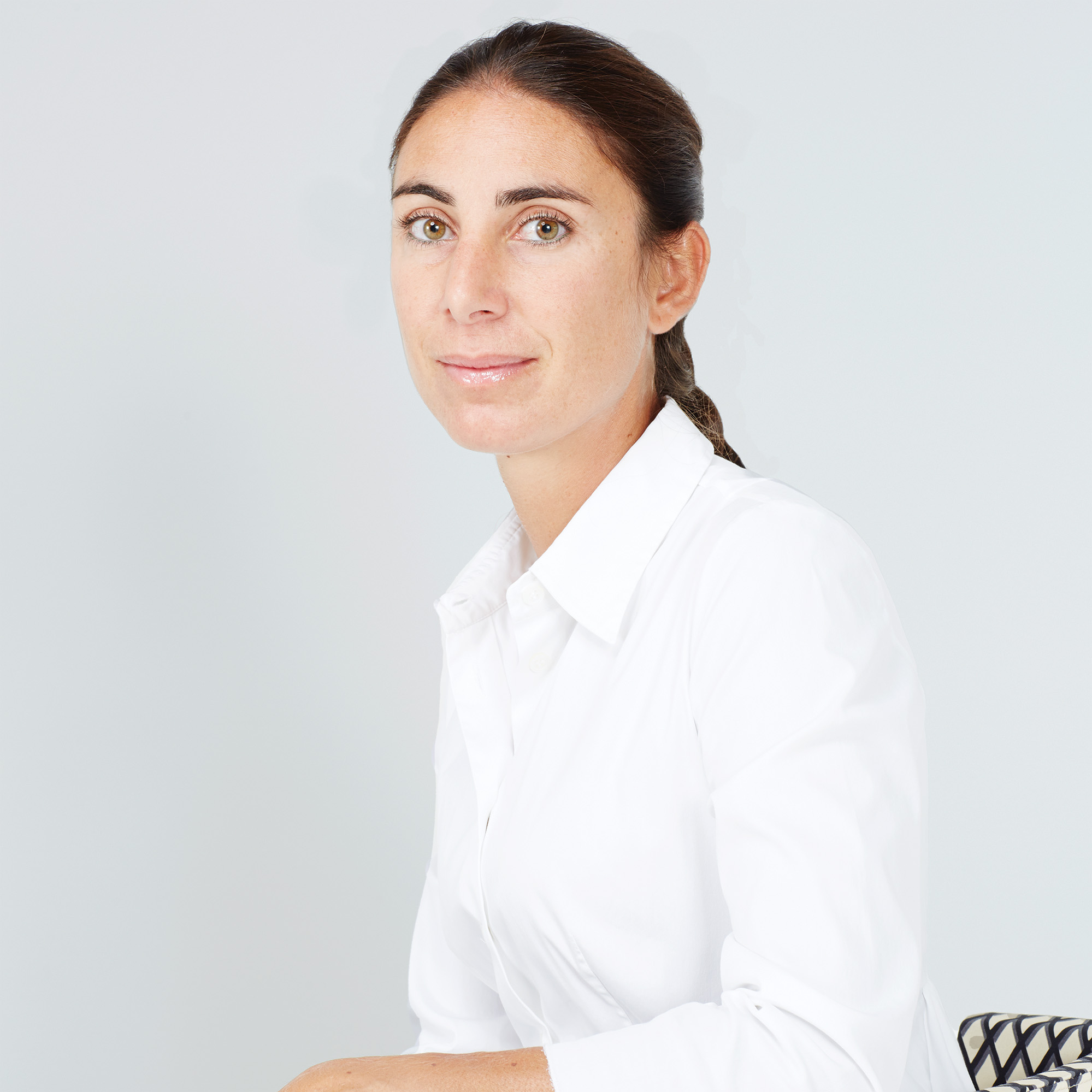
Postcard from Milan: Designing the Future With Kartell
Milan Design Week is the most exciting time of year in design. On this special episode sponsored by Kartell, Dan reports from the Salone del Mobile fair to catch up with a quintet of industry powerhouses.
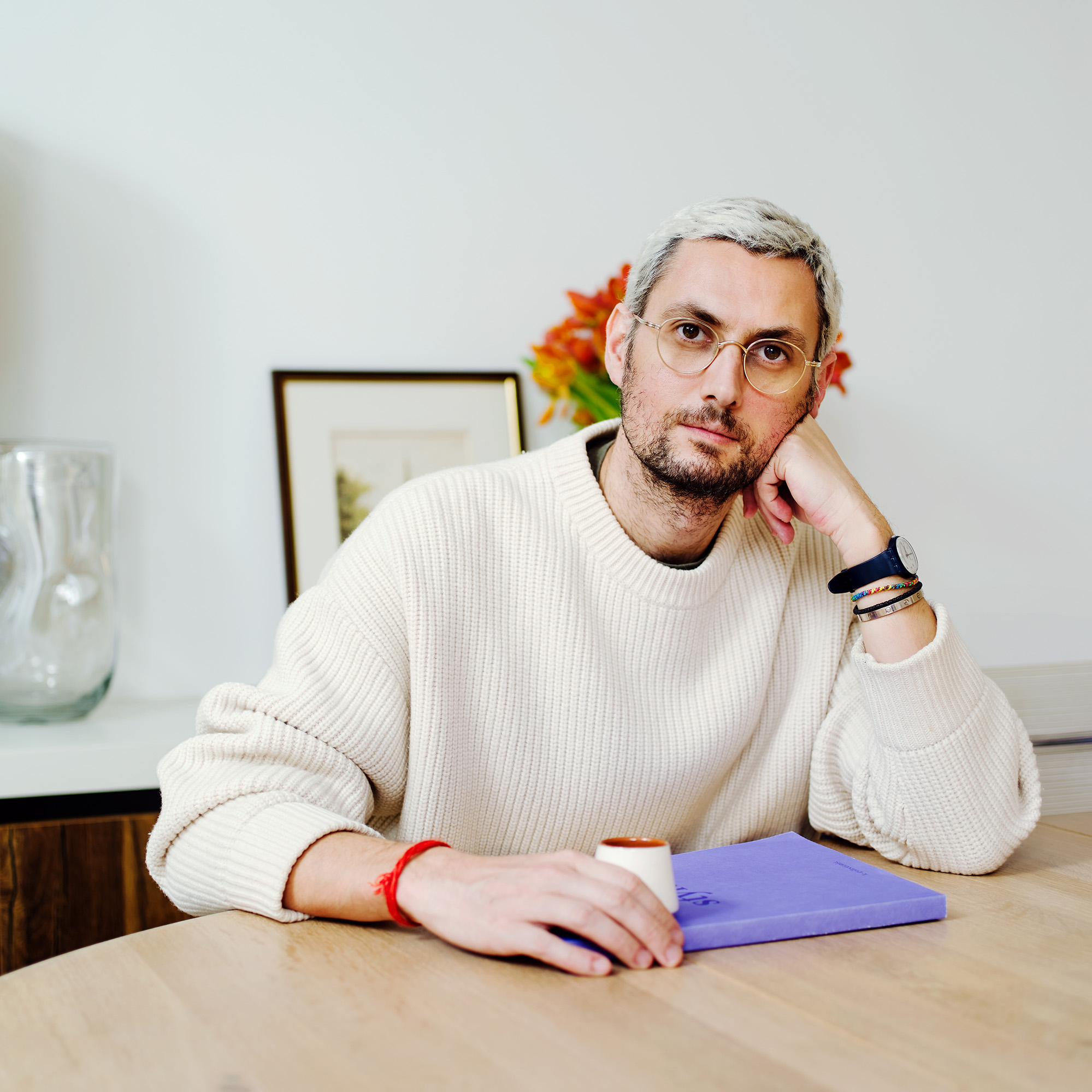
04/17/24: Where a Travel Pro Would Escape this Summer
As a cofounder of Le Collectionist, a company that rents villas, chalets, and estates across Europe, Max Aniort believes in holidaying like a local.
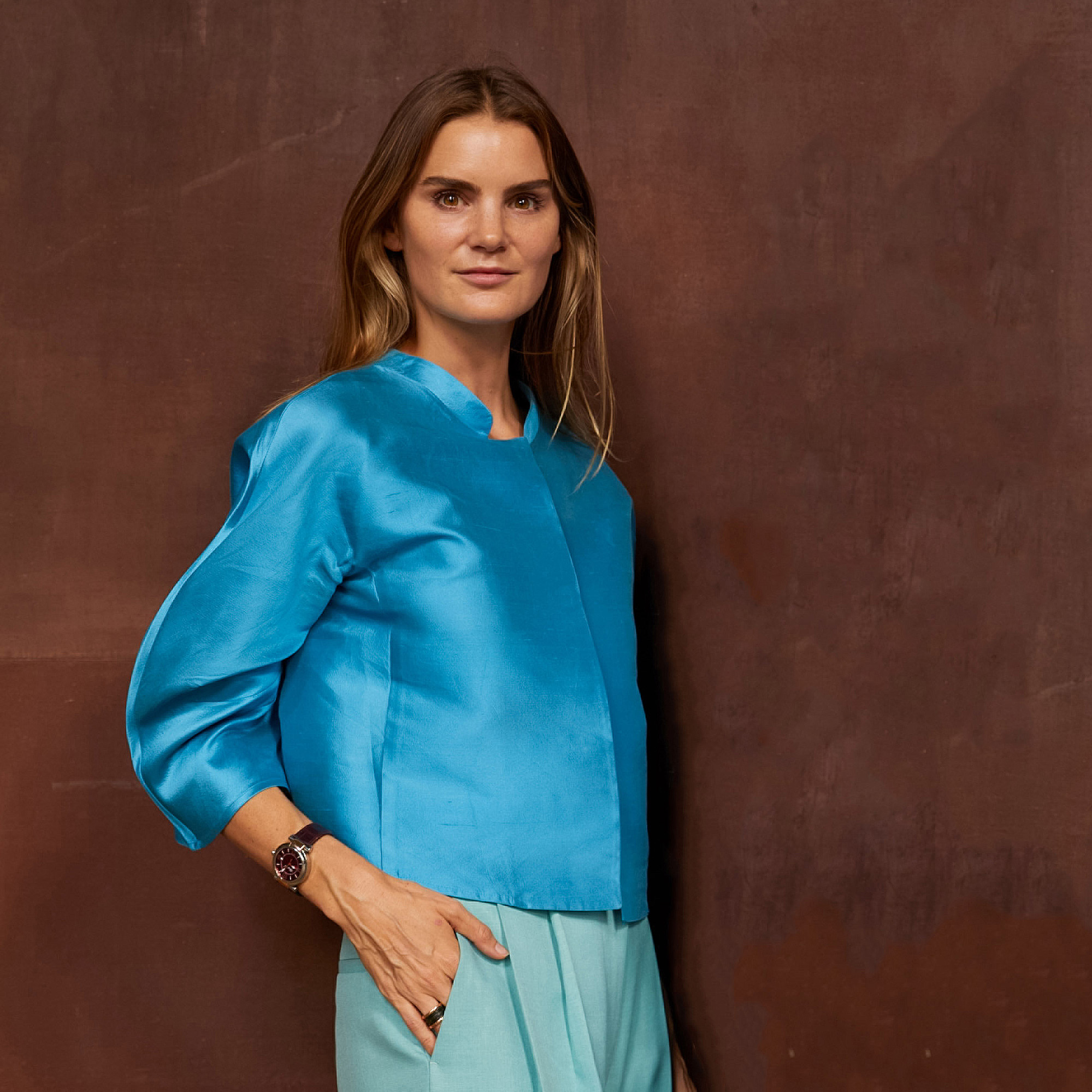
04/10/24: Discover the Unexpected Architectural Gems That Inspire This Rising Designer
A London designer finds vibrant colors overlooked styles that fuel their chic designs; Richard Serra's drawings go on display; and a Japanese Emigré Flexes His Creativity in Paris.
Meet the greats. Listen to The Grand Tourist.
- apple podcasts
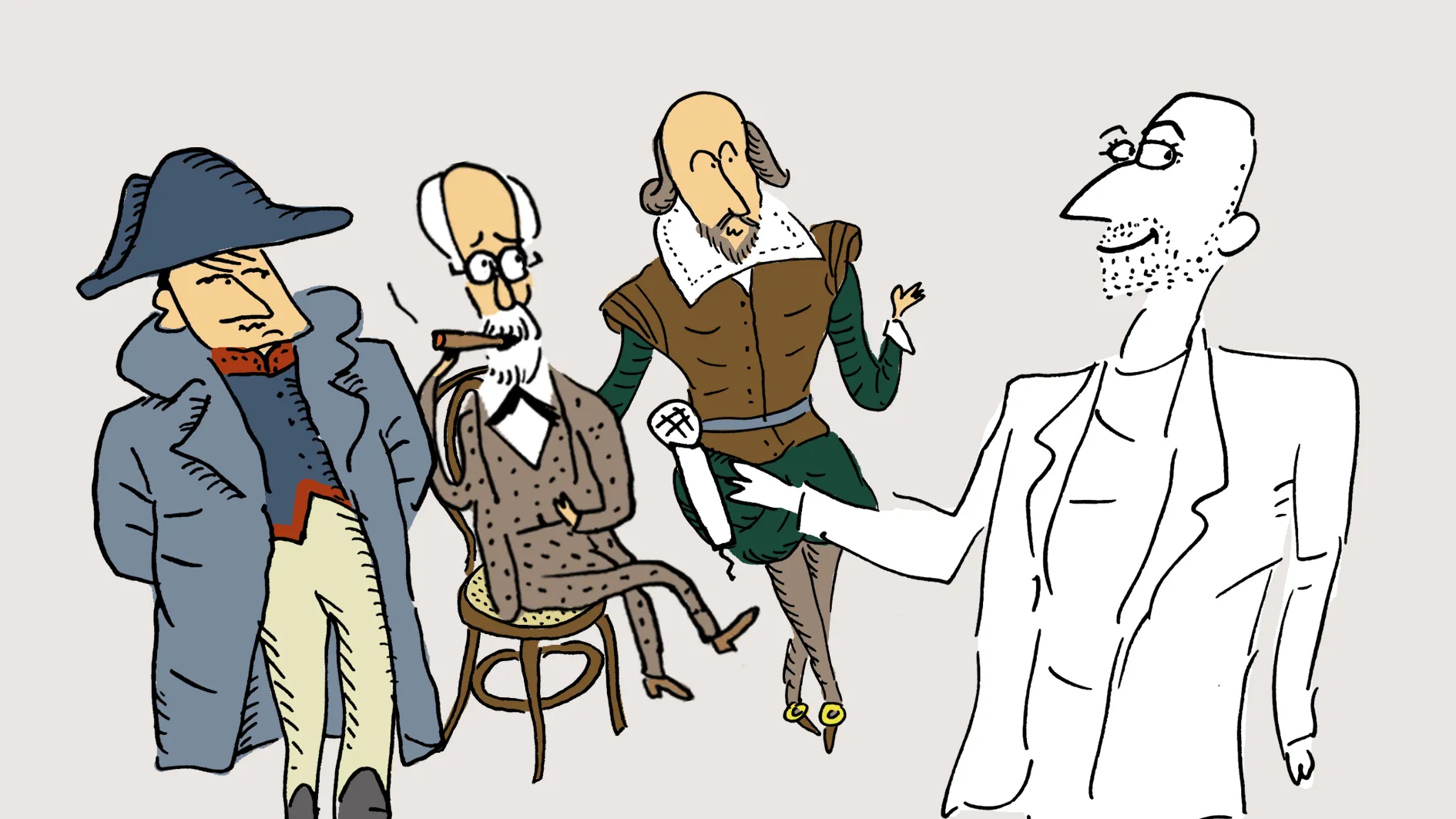
102 episodes
Design journalist Dan Rubinstein introduces listeners to the leading tastemakers of the creative world, from master chefs to experimental architects. Join Dan on a virtual journey through the worlds of fashion, interior design, art, food, and travel—all the elements of a well-lived life. Hosted on Acast. See acast.com/privacy for more information.
The Grand Tourist with Dan Rubinstein Dan Rubinstein
- 18 APR 2024
Postcard from Milan: Designing the Future With Kartell
Milan Design Week is the most exciting time of year in design. On this special episode sponsored by Kartell, Dan reports from the Salone del Mobile fair to catch up with a quintet of industry powerhouses: Lorenza Luti, Philippe Starck, Piero Lissoni, Patricia Urquiola, and Roberto Palomba. Up for discussion is everything from the first designs made using artificial intelligence, the impact of sustainable materials on design, and the perfect place in the dynamic metropolis to find some peace and quiet. Hosted on Acast. See acast.com/privacy for more information.
Pierre Yovanovitch: Warmth and Rigor, Poetry and Structure
As one of the most influential and admired interior designers of his generation, Pierre Yovanovitch has helped to usher in a new era of so-called quiet luxury. Celebrating 10 years since the launch of his own furniture line and the opening of a new gallery in New York, Dan speaks with the Paris-based trailblazer about his youth playing piano, what it was like working for fashion legend Pierre Cardin, how his American clients actually vary from his French ones, and more. Hosted on Acast. See acast.com/privacy for more information.
- 27 MAR 2024
The Grand Tourist Introduces: Pierre Marie, Alyssa Kapito, Frederik Molenschot
On this special episode sponsored by Lumens, Dan speaks with three incredible talents in the field of design: Pierre Marie, a French talent whose sense of color and artistic hand create everything from scarves for Hermès to fantastical works of crystal; Alyssa Kapito, a New York–based interior designer whose love of elegantly simple interiors is explored in her first book; and Frederik Molenschot, a Dutch genius whose love of the built environment creates mind-bending and monumental works. Hosted on Acast. See acast.com/privacy for more information.
- 20 MAR 2024
Humberto Campana: Forging a Legacy in Brazilian Design
As one half of the famed Campana Brothers, Humberto and his sibling Fernando ushered in a new era of design that blended craft, industry, and notions of ecological and social responsibility. Following the tragic passing of Fernando in 2022, Humberto carries on today as the head of Estúdio Campana. On this episode, Dan and Humberto chat about growing up in a conservative Brazilian household during the dictatorship, how some of his most famous pieces came to be, the future ahead of him, and more. Hosted on Acast. See acast.com/privacy for more information.
- 13 MAR 2024
Frédéric Malle: “A Perfume Has to be a Part of Life”
Sometimes the most influential people in culture and style are so because they elevate and amplify the work of others. Legendary perfumer Frédéric Malle, through his brand Editions de Parfums Frédéric Malle, is one of those trailblazers. What started as a long-shot experimental concept has become one of the most highly regarded players in the fragrance world. On this episode, Dan and Malle discuss his youth in Paris, the scent he hates the most, how he bet it all on the launch of his brand, and so much more. Hosted on Acast. See acast.com/privacy for more information.
Living the Dream: House Hunting in Italy
Anyone who has ever strolled through the streets of Rome, ridden a gondola through the canals of Venice, or tasted freshly made pasta in Sicily has had this thought: I could get used to this. On this episode, Dan speaks with a quartet of experts on all things Italian real estate: Diletta Giorgolo, head of residential for Sotheby’s International Realty in Rome; designer and Chicagoan-turned-Milanese Eric Egan; Emily FitzRoy of Bellini Travel; and YouTuber (and Tuscan homeowner) Julie Montagu, Viscountess Hinchingbrooke. Everything is on the table, from the appeal of the so-called one-euro homes to the White Lotus effect, plus all the layman needs to know to make the leap. Hosted on Acast. See acast.com/privacy for more information.
- 1 hr 41 min
- © Design Media LLC
Top Podcasts In Arts
You might also like.

IMAGES
COMMENTS
Three talents from the worlds of fashion, food, and interiors discuss their inventive and unpredictable careers, how they got started, and their hopes for the evolution of their craft. A podcast about design, art, architecture, food, fashion, and travel—all the elements of a well-lived life. Join veteran journalist Dan Rubinstein as he shares ...
The Grand Tourist with Dan Rubinstein Dan Rubinstein Arts 4.9 • 234 Ratings; Design journalist Dan Rubinstein introduces listeners to the leading tastemakers of the creative world, from master chefs to experimental architects. Join Dan on a virtual journey through the worlds of fashion, interior design, art, food, and travel—all the ...
Listen to episodes and learn more about The Grand Tourist with Dan Rubinstein. Design journalist Dan Rubinstein introduces listeners to the leading tastemakers of the creative world, from master chefs to experimental architects. Join Dan on a virtual journey through the worlds of fashion, interior design, art, food, and travel—all the elements of a well-lived life.
Listen to The Grand Tourist with Dan Rubinstein on Spotify. Design journalist Dan Rubinstein introduces listeners to the leading tastemakers of the creative world, from master chefs to experimental architects. Join Dan on a virtual journey through the worlds of fashion, interior design, art, food, and travel—all the elements of a well-lived life.
Design journalist Dan Rubinstein introduces listeners to the leading tastemakers of the creative world, from master chefs to experimental architects. Join Dan on a virtual journey through the worlds of fashion, interior design, art, food, and travel—all the elements of a well-lived life. Hosted o…
The Grand Tourist with Dan Rubinstein. Dan Rubinstein Subscribe. Design journalist Dan Rubinstein introduces listeners to the leading tastemakers of the creative world, from master chefs to experimental architects. Join Dan on a virtual journey through the worlds of fashion, interior design, art, food, and travel—all the elements of a well ...
A portrait of Dan Rubinstein by Isaac Anthony Piero Lissoni and the personal stories behind The Grand Tourist. Indeed, the core of The Grand Tourist are the personal stories of the interviewees.Not just a list of career accomplishments or an analysis of their most successful projects, but a more intimate conversation which delves into the guests' lives, beyond the role they play publicly.
The Grand Tourist with Dan Rubinstein Dan Rubinstein Arts 4.6 • 12 Ratings; Design journalist Dan Rubinstein introduces listeners to the leading tastemakers of the creative world, from master chefs to experimental architects. Join Dan on a virtual journey through the worlds of fashion, interior design, art, food, and travel—all the elements ...
Listen to Introducing The Grand Tourist from The Grand Tourist with Dan Rubinstein. Season 2 begins October 20th! Design journalist Dan Rubinstein introduces listeners to the leading tastemakers of the creative world, from master chefs to experimental architects. Join Dan on a virtual journey through the worlds of fashion, interior design, art, food, and travel—all the elements of a well ...
Listen to 78 episodes of The Grand Tourist with Dan Rubinstein on Podbay - the best podcast player on the web. Design journalist Dan Rubinstein introduces listeners to the leading tastemakers of the creative world, from master chefs to experimental architects....
Listen to this episode from The Grand Tourist with Dan Rubinstein on Spotify. Milan Design Week is the most exciting time of year in design. On this special episode sponsored by Kartell, Dan reports from the Salone del Mobile fair to catch up with a quintet of industry powerhouses: Lorenza Luti, Philippe Starck, Piero Lissoni, Patricia Urquiola, and Roberto Palomba.
The Grand Tourist with Dan Rubinstein podcast on demand - Design journalist Dan Rubinstein introduces listeners to the leading tastemakers of the creative world, from master chefs to experimental architects. Join Dan on a virtual journey through the worlds of fashion, interior design, art, food, and...
The Grand Tourist - The Edit by Lumens. Lumens is proud to sponsor The Grand Tourist podcast. Listen in as design journalist Dan Rubinstein interviews luminaries in the worlds of fashion, interior design, art, food and travel. About The Grand Tourist: A podcast about design, art, architecture, food, fashion and travel—all the elements of a ...
A podcast about design, art, architecture, food, fashion, and travel—all the elements of a well-lived life. Join veteran journalist Dan Rubinstein as he shares his access with the world's leading tastemakers.
The Grand Tourist with Dan Rubinstein. Design journalist Dan Rubinstein introduces listeners to the leading tastemakers of the creative world, from master chefs to experimental architects. Join Dan on a virtual journey through the worlds of fashion, interior design, art, food, and travel—all the elements of a well-lived life. ...
Join Dan on a virtual journey through the worlds of fashion, interior design, art, food, and travel—all the elements of a well-lived life. Hosted on… Show The Grand Tourist with Dan Rubinstein, Ep Introducing The Grand Tourist - May 13, 2021
There's an issue and the page could not be loaded. Reload page. 3,649 Followers, 242 Following, 113 Posts - See Instagram photos and videos from The Grand Tourist (@thegrandtouristpodcast)
The Grand Tourist with Dan Rubinstein Dan Rubinstein Arts Design journalist Dan Rubinstein introduces listeners to the leading tastemakers of the creative world, from master chefs to experimental architects. Join Dan on a virtual journey through the worlds of fashion, interior design, art, food, and travel—all the elements of a well-lived life.
Dan Rubinstein: Hi, I'm Dan Rubinstein, and this is The Grand Tourist. I've been a design journalist for nearly 20 years, and this is my personalized guided tour through the worlds of fashion, art, architecture, food, and travel, all the elements of a well-lived life. Hotels have always been more than just a place to rest your head.
Design journalist Dan Rubinstein introduces listeners to the leading tastemakers of the creative world, from master chefs to experimental architects. Join Dan on a virtual journey through the worlds of fashion, interior design, art, food, and travel—all the elements of a well-lived life. See acas…